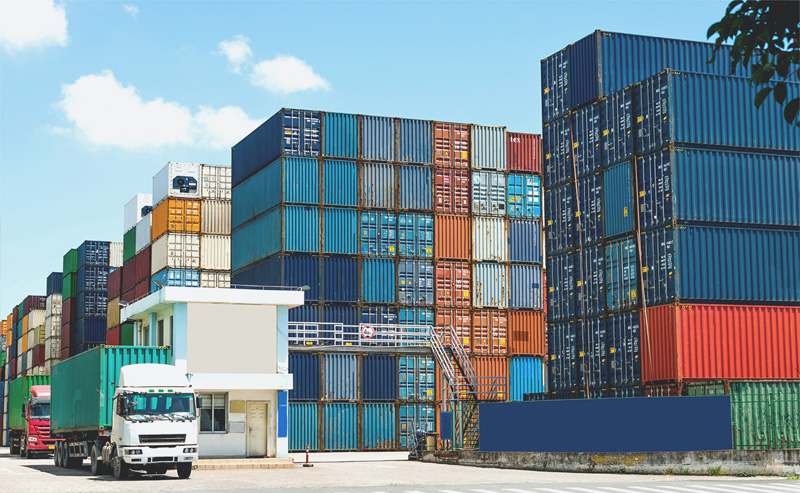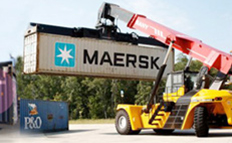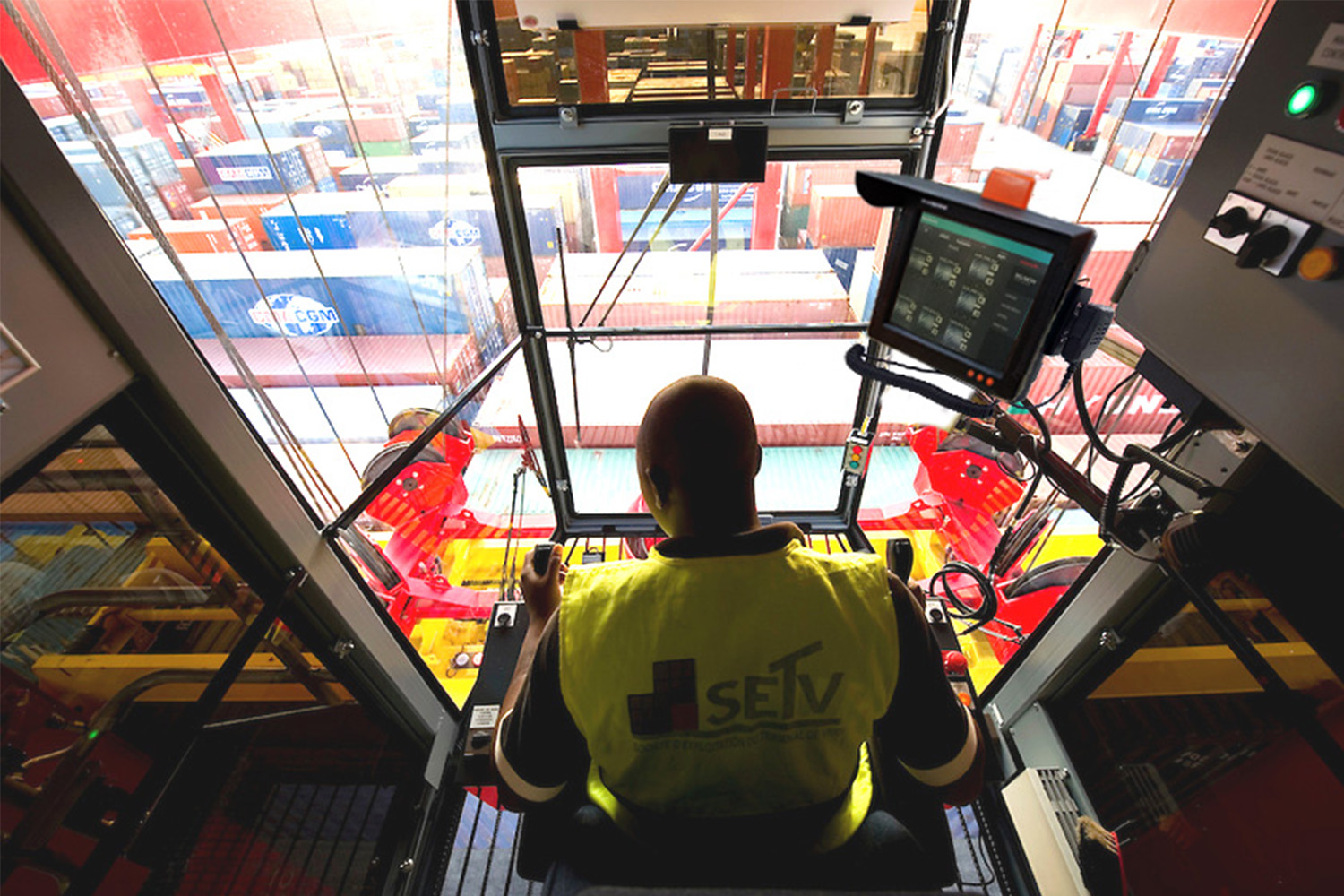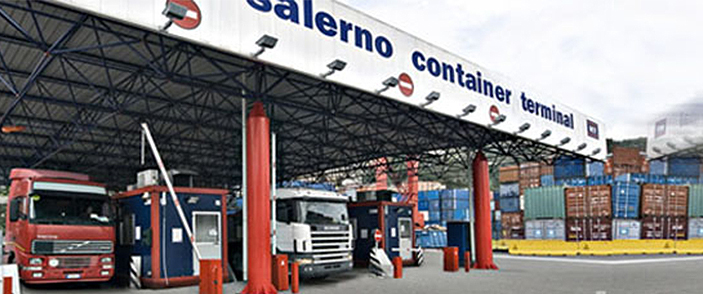
Background
The passing speed of container terminal gate is directly related to the container handling efficiency and the overall operational efficiency of the terminal. The gate is also an intersection point for the terminal and the outside (such as customs, container station and freight forwarder) to hand over equipment and exchange information. Nowadays, as terminals are committed to adopting various advanced technologies to improve the through capacity of the gate, the gate is noted for its concentration of high technologies, and serves as a window to reflect the technology level of the terminal. The gate through capability largely depends on the speed of obtaining the container number and vehicle plate number. Usually, before the containers pass the gate, the container information (such as container number, shape, dimensions, destination, discharging port, and etc.) has arrived at the TOS system by different channels. Once the container number is identified, other information will automatically be accessed, and a location will be assigned to the container. The gate also needs to identify the vehicle plate number, because sometimes the container is too small for the driver to identify, and he usually first refers to the vehicle plate number for loading/unloading. Therefore, when the container enters the gate, it is necessary to bind the vehicle plate number and the container number.
Requirements for the Solution
● Embedded fanless in-vehicle computers.
● Industrial camera.
● RFID reader.
● Wide-voltage waterproof power supply.
Solution
The acquisition method for container numbers and trailer plate numbers is the key to the through capability of gate. At present, technologies for acquisition of container numbers and plate numbers include Optical Character Recognition (OCR), IC card, and Radio Frequency Identification (RFID). With these technologies used and their precision improved, the terminals are developing toward unmanned gates.
■ OCR is mainly used for container number identification. The terminals only need to put OCR equipment at the gates, and do not need to coordinate trucks and other external factors.
■ The card reading success rate of contact IC card is close to 100%. However, the terminals not only need to put IC card reader devices at the gates, but also have recourse to local vehicle management authority to ensure that each truck gets an IC card and has its information read at a specified location.
■ Non-contact RFID is an upgrade product of IC card. Drivers do not need to stop their vehicles and swipe the card. RFID is a mature technology.
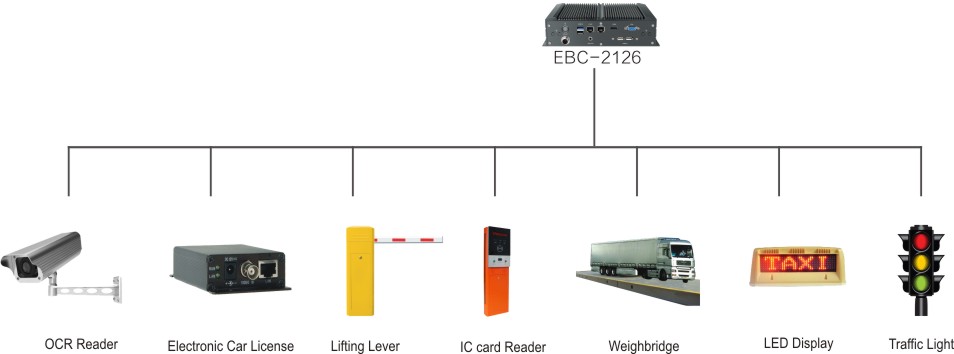
Solution Advantages
● Fanless embedded design, small form factor, easy to be installed in a narrow space.
● Multiple I/O ports: up to 8 serial ports, multiple video input connectors, 2-9 Gigabit LAN ports and multiple DIO ports, and etc.
● Reliable product quality to meet the requirement for 7*24 non-stop operation.
Application Area
● Container terminal.


